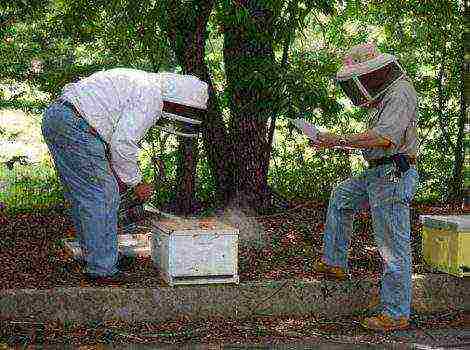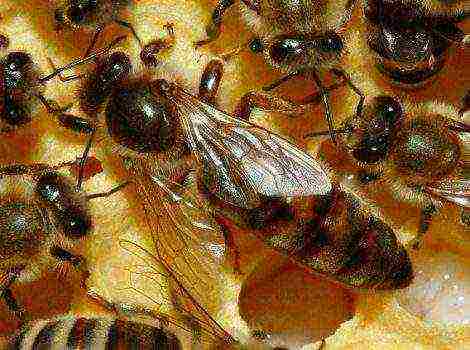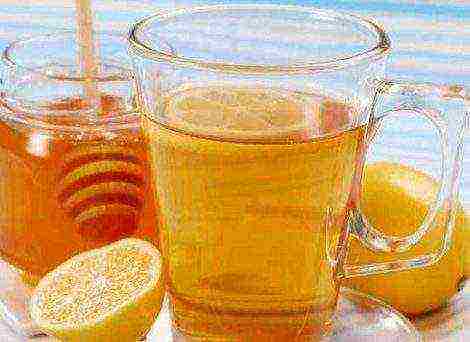Content
Useful properties and contraindications of wild honey
Wild honey is one of the rarest varieties of this bee product. Only wild bees produce it. Their main habitats - Bashkiria and some areas of the Carpathians, the Ural Mountains. Often such honey is called borte honey - a place where bees arrange a nest for themselves (hollow, stump).
Before talking about honey, it is necessary to tell a little about toilers - wild bees.
They differ from domestic ones in their endurance, ability to withstand low temperatures. They have a peculiar dark gray color and live in families of many thousands. They are distinguished by their aggressiveness, and this is quite understandable, since no one creates "greenhouse conditions" for them. To survive, such bees have to more fiercely defend their right to exist.
Often their nests are destroyed by wild animalsto feast on honey - the most nutritious product of virgin nature. But not only the animals destroyed the fight. For a long time, people have also bothered forest and mountain workers. Such a concept as beekeeping meant searching for bee nests and extracting honey from them. Of course, the sides were destroyed in this case. The bees had to start all over again.
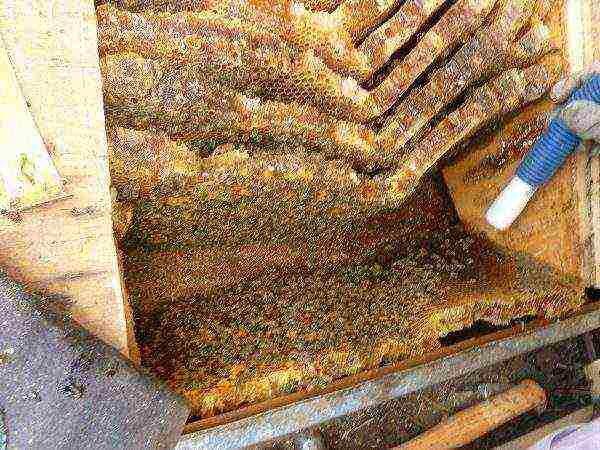
Over time, people began to make boards in order to control the process of colonization by wild bees in a specific place. This usually happens the next year after the installation of such an artificial nest.
In addition, in a rocky area with a difficult to reach location, honey hunters mark the places where bees swarm in advance, create additional favorable conditions for the creation and expansion of the nest.
In wild honey, there is no distinct purity of the honey plant.
Taste and color of wild honey
Wild honey is very aromatic, has a pleasant, rich taste, slightly tart. This is due to its composition and the fact that this variety is harvested once a year - in August... That is, honey has time to stand, excess moisture evaporates from it.
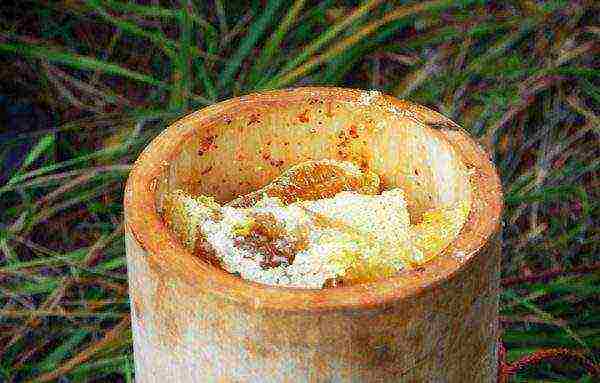
Has a dark brown color. In appearance very beautiful. By consistency - thick, viscous.
Ingredients: vitamins and minerals
By composition wild honey is saturated with trace elements and biologically active substancesand, the main of which are:
- Manganese;
- Fluorine;
- Calcium;
- Iron;
- Copper;
- Zinc;
- Iodine.
The composition contains ascorbic acid (vitamin C), B vitamins, vitamin K and E, and others.
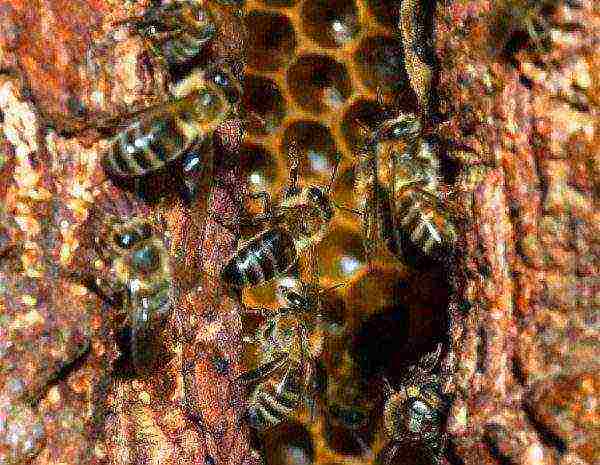
The onboard honey contains the following bee products:
- Bee venom;
- Pollen;
- Drone brood;
- Wax;
- Zabrus;
- Bee jelly;
- Perga.
Thus, wild honey - microelement concentratec, biologically active substances, enzymes, fructose, glucose, sucrose, inclusions of bee products.
You may be interested in the composition and properties of other types of honey:
- Useful properties and contraindications of kandyk honey
- Useful properties and contraindications of clover honey
- Useful properties and contraindications of angelica honey
- Useful properties and contraindications of manuka honey
Beneficial features
Wild honey, due to the presence of pollen in the composition, has anti-inflammatory, antineoplastic, diuretic and choleretic, antitumor properties. He is a great antioxidant.These useful properties are not limited to.
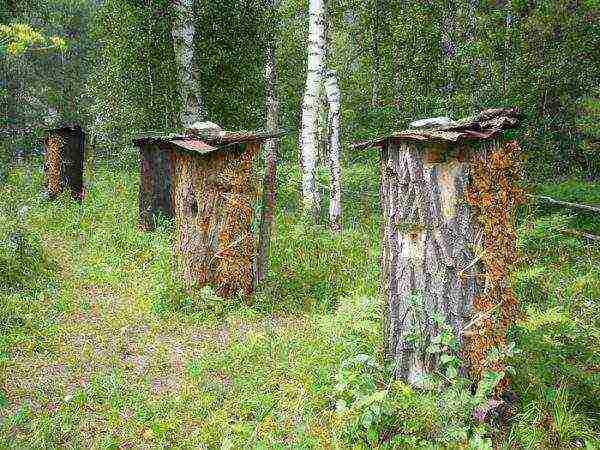
The composition of this variety helps in the fight against harmful microbes, improve the body's immunity. Honey has a tonic and restorative effect on the body, especially after mental and physical exertion. This product has a beneficial effect on the nervous system, gives a calming effect.
He improves appetite... To activate the digestive processes, this variety is consumed in the morning on an empty stomach with a glass of water.
Since bead honey contains royal jelly, when consumed the course of metabolic processes in the body improves.
Due to its rarity, it is not used by the confectionery industry.
Contraindications and harm
Wild honey not recommended for children under two years old and for those who are allergic to bee products. Otherwise, it is even possible to get anaphylactic shock and an asthma attack. Should be used with caution when used by pregnant women and people with diabetes.
About honey plant
The honey plants of wild honey are herbs, wild shrubs, trees: thyme; phacelia, hawthorn, angelica, sage, ivan tea, mint, wild rose, acacia, blackthorn and others.
Plants bloom at different times, but the collection period is still quite limited, so wild bees collect pollen in any weather.
Storage conditions
Recommended storage temperature - from 5 to 7 degrees with a plus. If you raise the temperature above 40 degrees Celsius, or lower it below 30 degrees below zero, this will negatively affect the beneficial properties of this product. Respectively, do not heat honey or store it in the refrigeratorT.
By supporting air humidity above 60%, there is no need to worry that honey will absorb moisture from the environment.
What are the main diseases it treats?
Wild honey helps to cure rheumatism, cystitis, bowel disease, tachycardia. In case of diseases of the respiratory tract (bronchitis), acute respiratory (flu), frontal and nasal sinuses (sinusitis, rhinitis), for headaches, it is recommended to use this product.
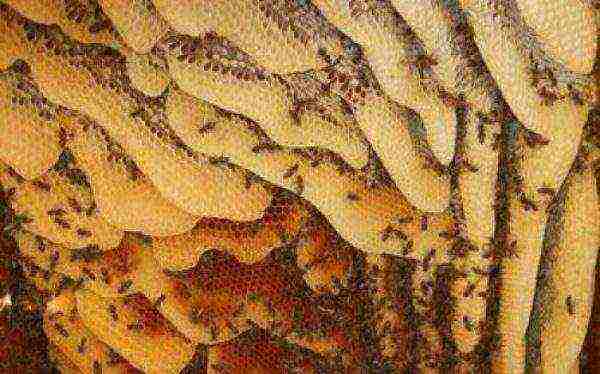
This variety is useful for gastritis, ulcersx, other diseases of the gastrointestinal tract, as well as to normalize metabolism in the body.
Wild honey is used both for prophylactic purposes and in combination with medications to enhance the positive effect. Due to its unique composition it is rightfully considered one of the most sought-after varieties of honey... Its only drawback is small production volumes. Hence the high cost. But the owners of this natural product will be able to fully experience the benefits of wild honey.
